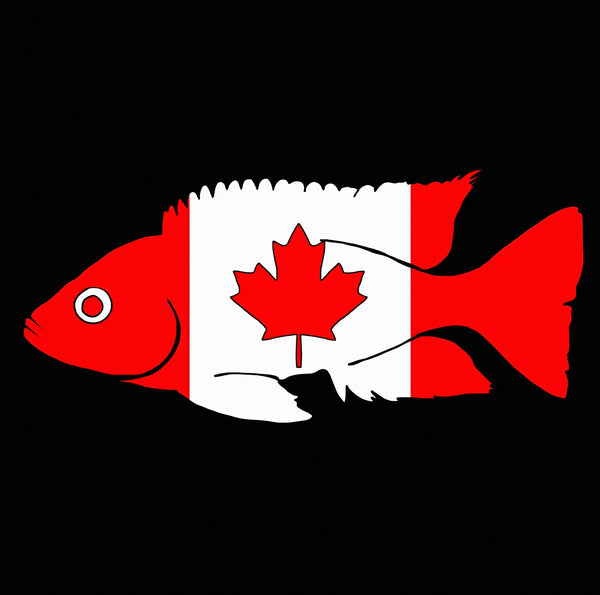SKU:CA1473S
HONEYCOMB CATFISH (Duringlanis perugiae)
HONEYCOMB CATFISH (Duringlanis perugiae)
Out of stock
Couldn't load pickup availability
Centromochlus perugiae – Honeycomb Catfish
Driftwood catfish or Wood Cats are small catfish found throughout the Amazon river. The family has been devided in two subfamilies, Auchenipterinae and Centromochlinae. The family has been devided in two subfamilies, Auchenipterinae and Centromochlinae. It is a reference to the small size of these catfish. The species name Perugiae is in honor of the Italian ichthyologist Albert Perugia (1847-1897) who worked for the Natural History Museum of Genoa.
As the English name Wood Cats aptly expresses, the fish like to hide in the cracks and crevices of wood.
Wood cats are unique among catfishes in that they practice internal fertilization. The male’s anal fin serves a similar role as the gonopodium in livebearers.
Duringlanis perugiae is the most common species in trade and grows to a maximum length of 5 to 6 cm. It is covered with a pattern of large black spots interrupted by a black mesh grid, hence the common name ‘Honeycomb’. They are found in Ecuador, Colombia and Peru. Until 1998 Duringlanis perugiae was described under the name Tatia perugia. In 2015, the species was moved to the genus Duringlanis.
Aquarium
Driftwood Catfish are interesting and attractive fish that are very suitable for the aquarium if you keep in mind they are a noctural. Thy are peaceful and shy and most of the time will only come out at night of at feeding time. They need to be kept in a small group. A tank with a lot of hiding places is required, such as driftwood or rocks with many crevices. They adapt to different water parameters, but do better at a slightly acidic pH and lower hardness, and a higher temperature (25-17 degrees C). They are very sensitive to stress and poor water conditions and need a higher than average oxygen levels. Otherwise often they are the first fish in the aquarium that will get itches. Some current in the aquarium is appreciated.
Diet
For good health it is important to understand that Driftwood Catfish do not hunt along the bottom and they do not eat well during the day. In the natural habitat they skim small insects from stream surfaces at night. Best is to give them flakes of other floating insect-based foods. Frozen mosquito larvaee are also great. Using sinking pallets will likely result to very hungry Driftwood catfish.
Share


